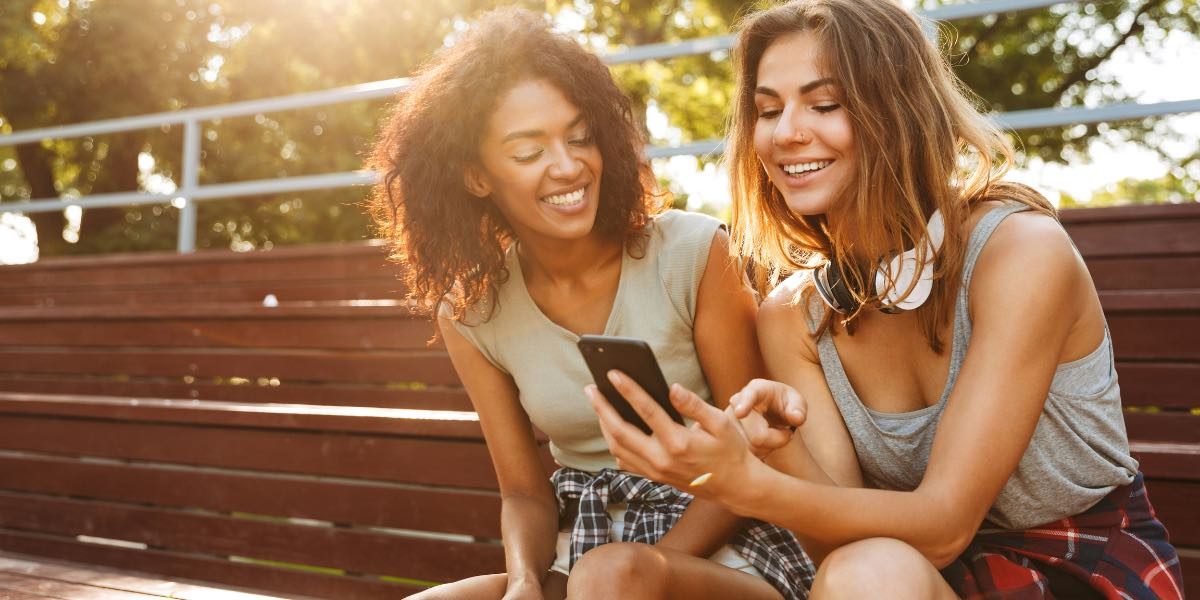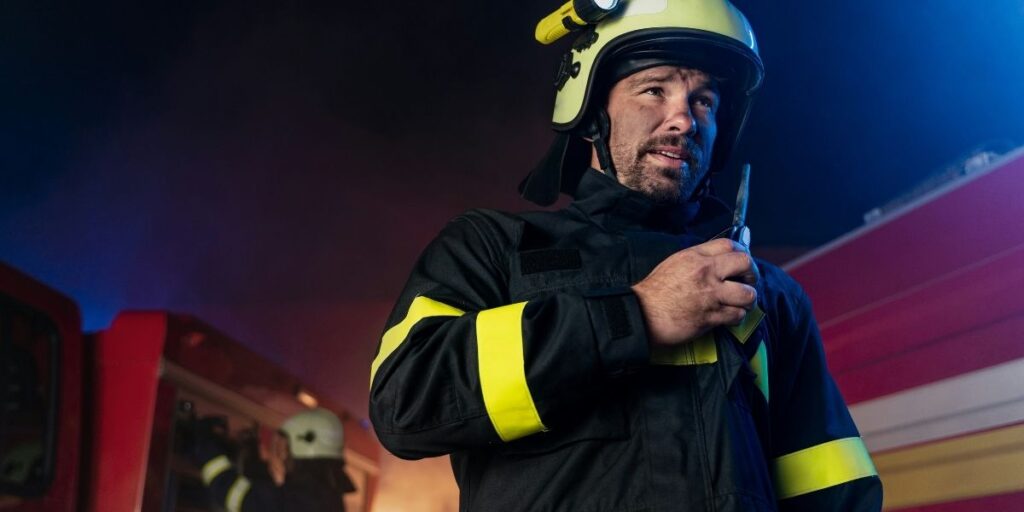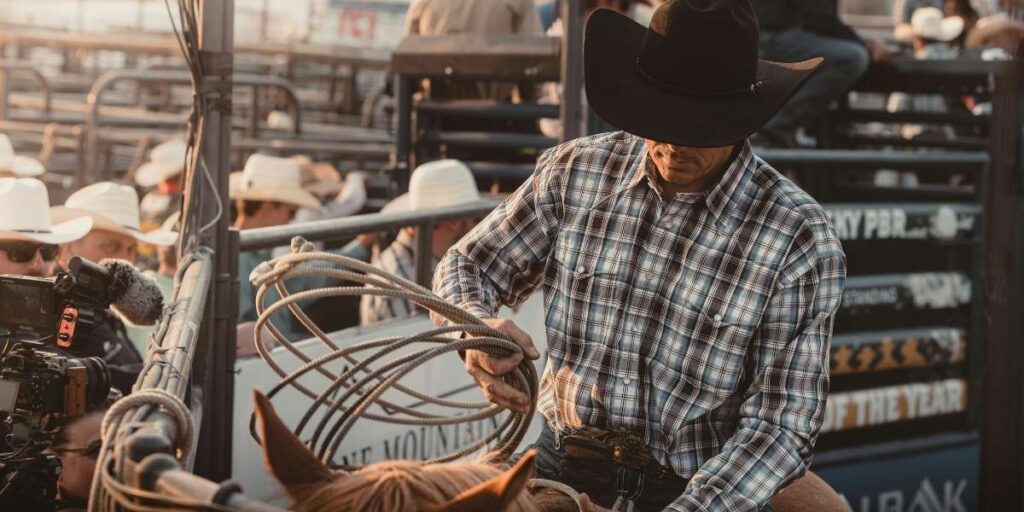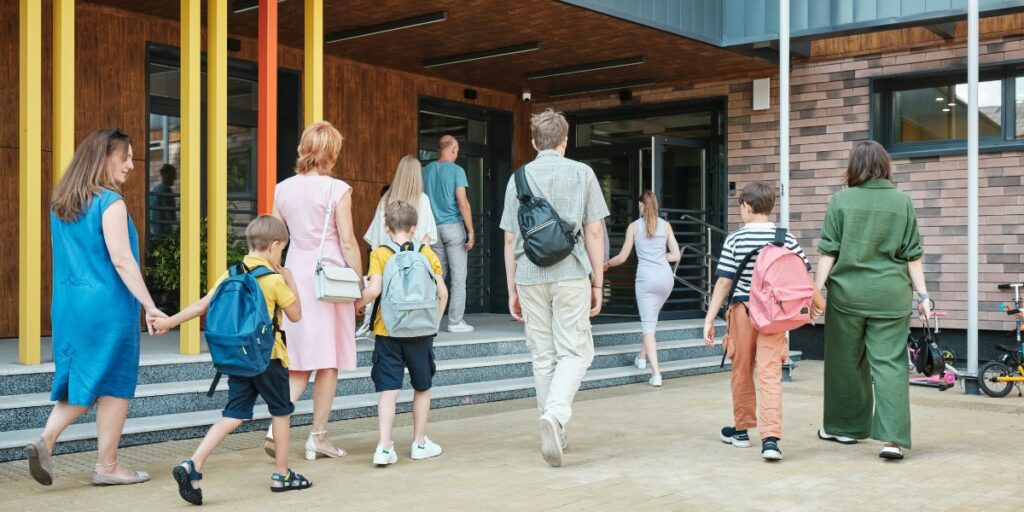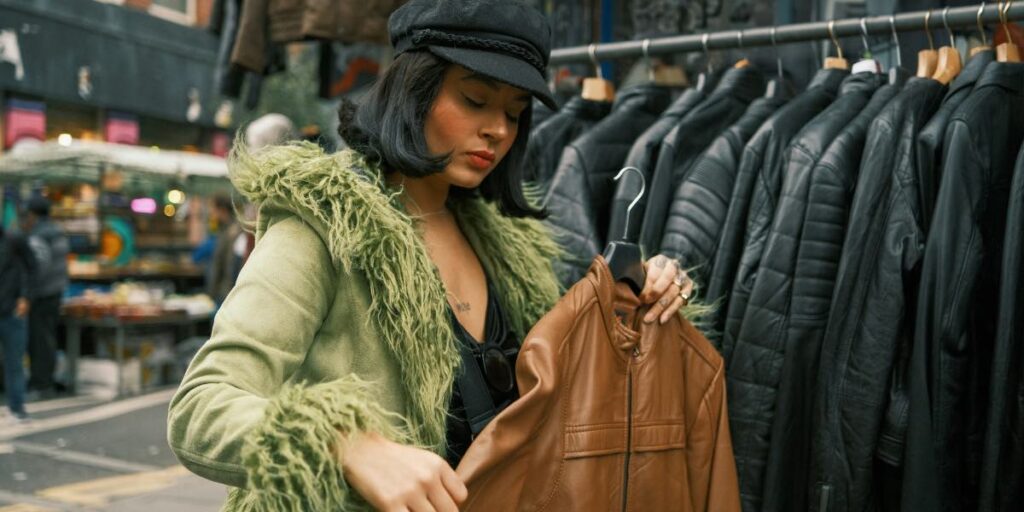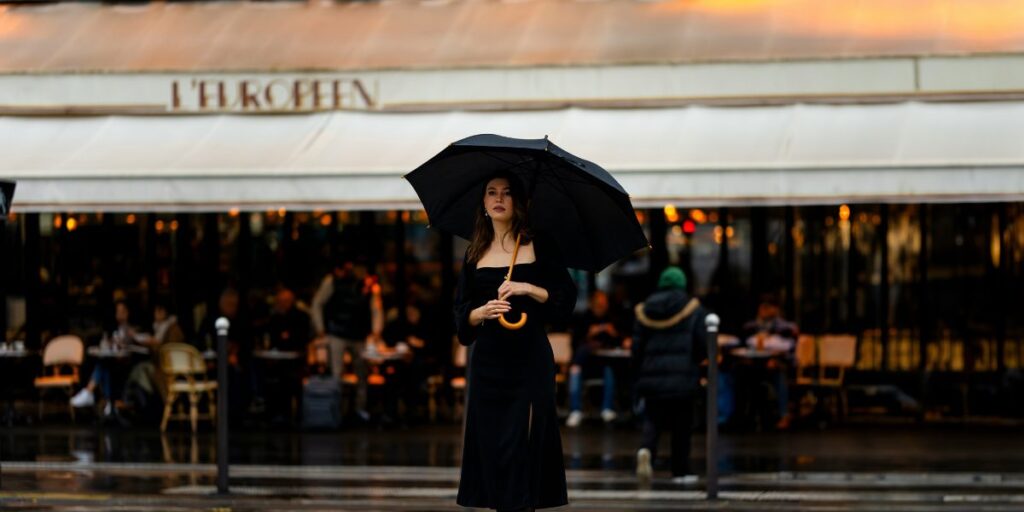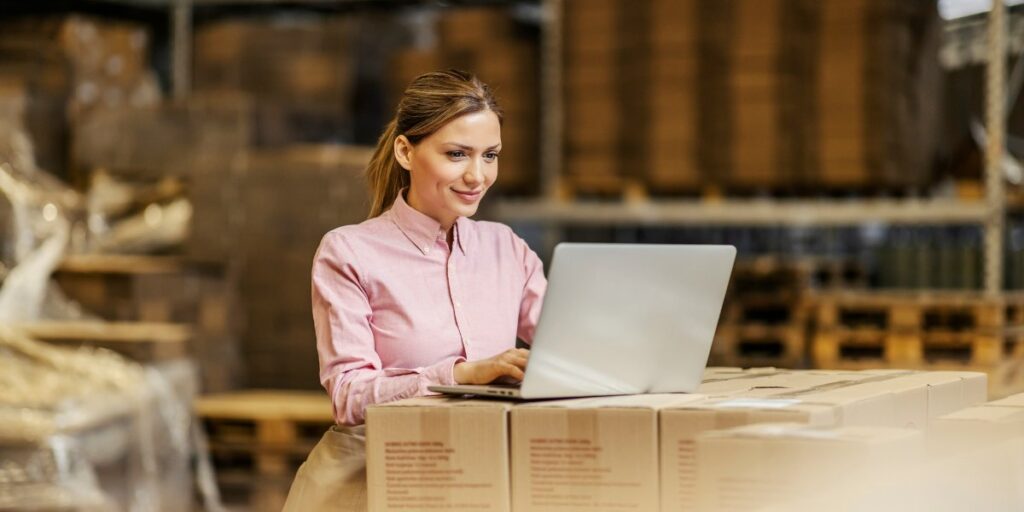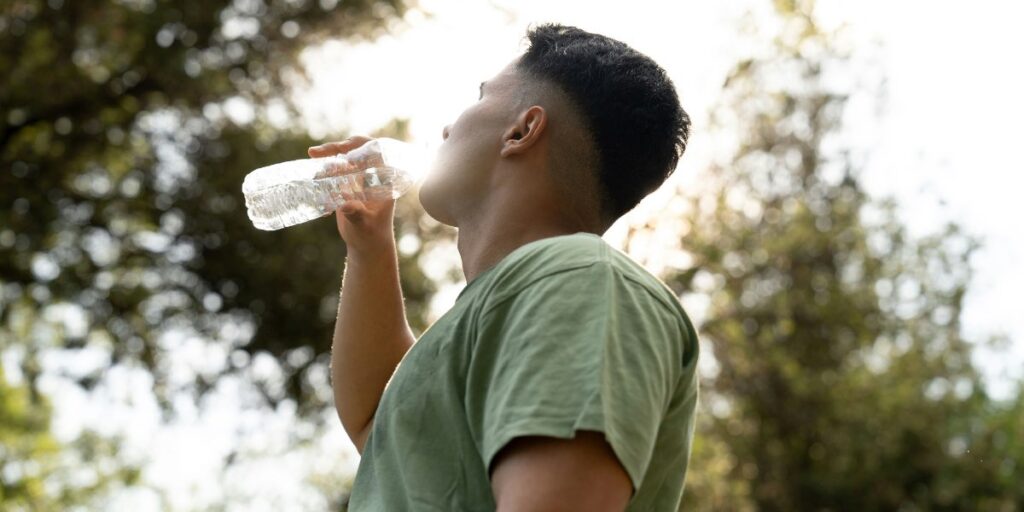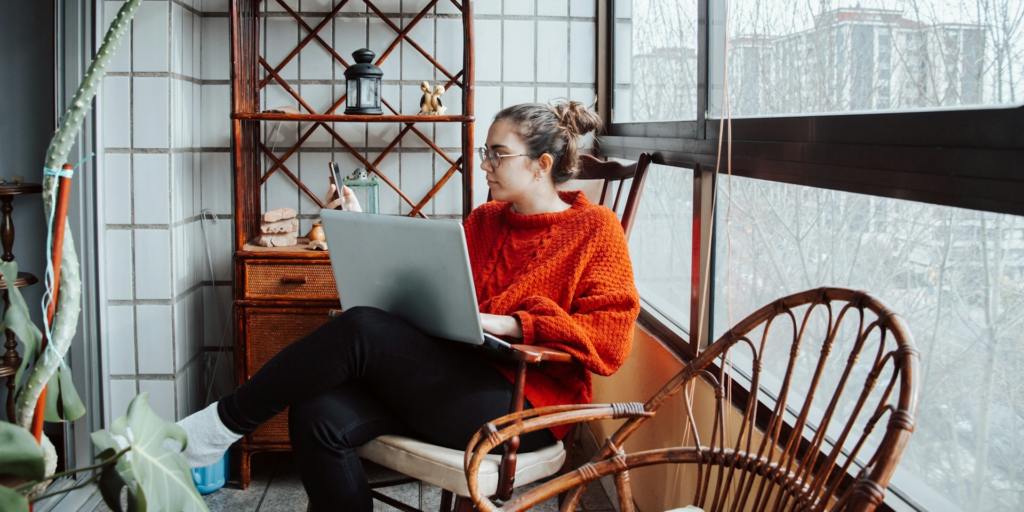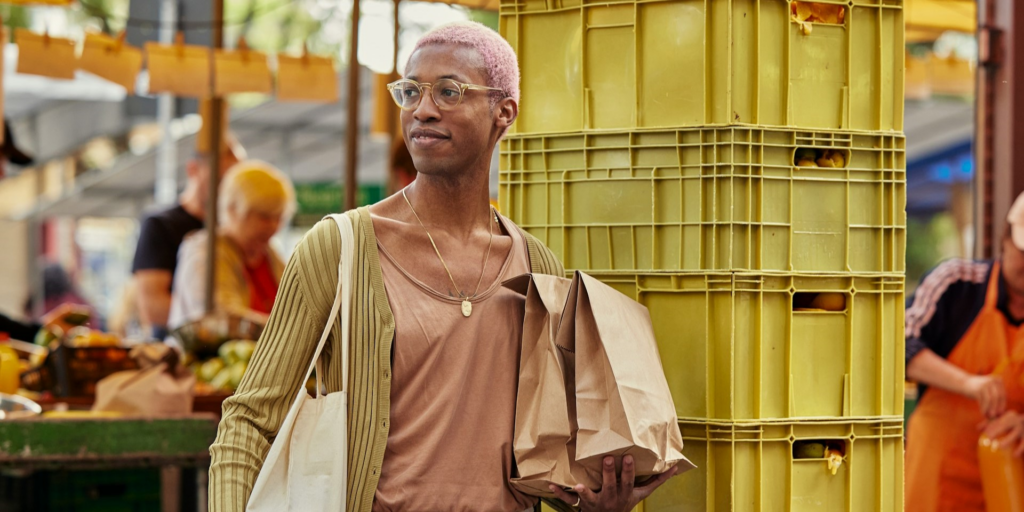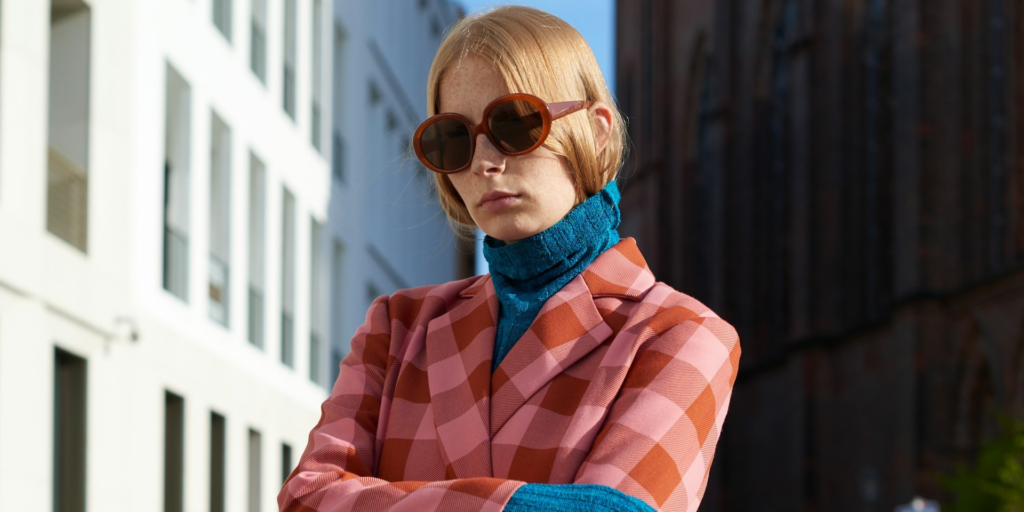The future of beauty is being shaped by innovative technologies like virtual try-ons and AI-powered tools. These advancements are transforming how people discover, experiment with, and purchase beauty products. From personalized skincare recommendations to augmented reality makeup applications, the beauty industry is embracing digital solutions to meet evolving consumer needs.
Read also: The Impact of Movies on Fashion: How Cinema Shapes Our Style Choices
How Virtual Try-Ons Are Changing Beauty Shopping
One of the most noticeable shifts in the beauty industry is the rise of virtual try-ons. This technology uses augmented reality (AR) to allow users to test makeup, haircare, and skincare products digitally. By simply using a smartphone or computer camera, individuals can see how a specific shade of lipstick or foundation looks on their skin without physically applying it.
This innovation addresses a common challenge in online beauty shopping: the difficulty of accurately judging products through a screen. Colors can appear differently due to lighting or device settings, and textures are impossible to feel. Virtual try-ons help bridge this gap, offering a more accurate representation of how a product will look in real life. Brands like Sephora, L’Oréal, and Fenty Beauty have already integrated this technology into their platforms, making it easier for customers to make informed decisions.
Beyond makeup, virtual try-ons are expanding into skincare and haircare. For example, some apps now allow users to visualize how a specific hairstyle or hair color would suit them. Similarly, skincare tools can simulate the effects of certain products on the skin, helping users choose the right options for their needs.
The Role of AI in Personalizing Beauty Experiences
Artificial intelligence (AI) is another key player in the future of beauty. Unlike the futuristic images often associated with AI, this technology is being used in practical, everyday ways to enhance the beauty experience. One of its most significant contributions is personalization.
AI-powered tools analyze data such as skin type, tone, and preferences to recommend products tailored to individual needs. For instance, someone with oily skin might receive suggestions for oil-free foundations or mattifying primers. This level of customization helps consumers navigate the overwhelming number of options available in the beauty market.
Another application of AI is skin analysis. Some apps and devices use AI to scan the skin and identify concerns like dryness, acne, or wrinkles. Based on this analysis, they provide recommendations for products or routines that can address these issues. This technology acts as a virtual consultant, offering insights that were once only available through in-person consultations with dermatologists or beauty experts.
AI is also influencing how beauty trends are identified and developed. By analyzing data from social media, search engines, and consumer behavior, AI can predict emerging trends. This allows brands to create products that align with what consumers are looking for, whether it’s a viral makeup look or a demand for sustainable ingredients.
Why These Innovations Matter
The integration of virtual try-ons and AI-powered tools into the beauty industry offers several benefits for consumers. Convenience is a major advantage, as these technologies allow people to explore and experiment with products from the comfort of their homes. This is particularly valuable for those with busy schedules or limited access to physical stores.
Confidence in purchasing decisions is another significant benefit. By providing a more accurate representation of how products will look or perform, these tools reduce the likelihood of dissatisfaction and returns. This not only saves time and money but also contributes to a more sustainable approach to beauty consumption by minimizing waste.
Personalization is perhaps the most transformative aspect of these innovations. With AI-driven recommendations and virtual try-ons, consumers can find products that truly suit their unique needs and preferences. This shift toward individualized beauty experiences reflects a broader trend in the industry, where one-size-fits-all solutions are being replaced by tailored options.
The Influence of Social Media on Beauty Tech
Social media platforms like Instagram, TikTok, and YouTube play a crucial role in the adoption and spread of beauty technologies. These platforms are not only where trends are born but also where consumers first encounter tools like virtual try-ons and AI-powered recommendations.
For example, Instagram filters often incorporate AR technology, allowing users to “try on” makeup looks created by influencers or brands. TikTok’s algorithm uses AI to curate beauty content based on user preferences, making it easier for people to discover new products and trends. This seamless integration of technology and social media is reshaping how consumers interact with beauty brands.
Challenges and Considerations
While the future of beauty looks promising, there are challenges that need to be addressed. Privacy is a primary concern, as many of these technologies require access to personal data and device cameras. Consumers should be mindful of how their information is used and choose brands that prioritize data security.
Accuracy is another potential issue. Virtual try-ons, while advanced, are not flawless. Factors like lighting, camera quality, and screen settings can affect how colors and textures appear. Reading reviews and checking return policies can help mitigate this risk.
Accessibility is also a consideration. Not everyone has access to the latest smartphones or high-speed internet, which are often required for these technologies. Brands must work to ensure that their innovations are inclusive and available to a wide range of consumers.
What Lies Ahead for Beauty Technology
The beauty industry is only beginning to explore the possibilities of technology. One area of growth is AI-powered skincare devices. These tools could offer daily skin analysis and personalized product recommendations, making it easier for individuals to maintain healthy skin.
Virtual beauty advisors are another emerging trend. Chatbots and virtual assistants could provide round-the-clock advice, helping users navigate their beauty routines and make informed purchasing decisions.
Sustainability is also likely to play a bigger role in beauty tech. AI can help brands develop eco-friendly products by analyzing ingredients and production methods. This aligns with the growing consumer demand for sustainable and ethical beauty options.
Read also: Style Evolution Across Fashion Capitals
Embracing the Future of Beauty
The future of beauty is being shaped by technologies that prioritize personalization, convenience, and sustainability. Virtual try-ons and AI-powered tools are making it easier than ever for consumers to find products that suit their needs and preferences. While challenges remain, the potential benefits of these innovations are significant.
As the beauty industry continues to evolve, staying informed about new technologies and trends can help individuals make the most of these advancements. Whether it’s experimenting with virtual try-ons or exploring AI-driven recommendations, the possibilities for enhancing the beauty experience are endless.


